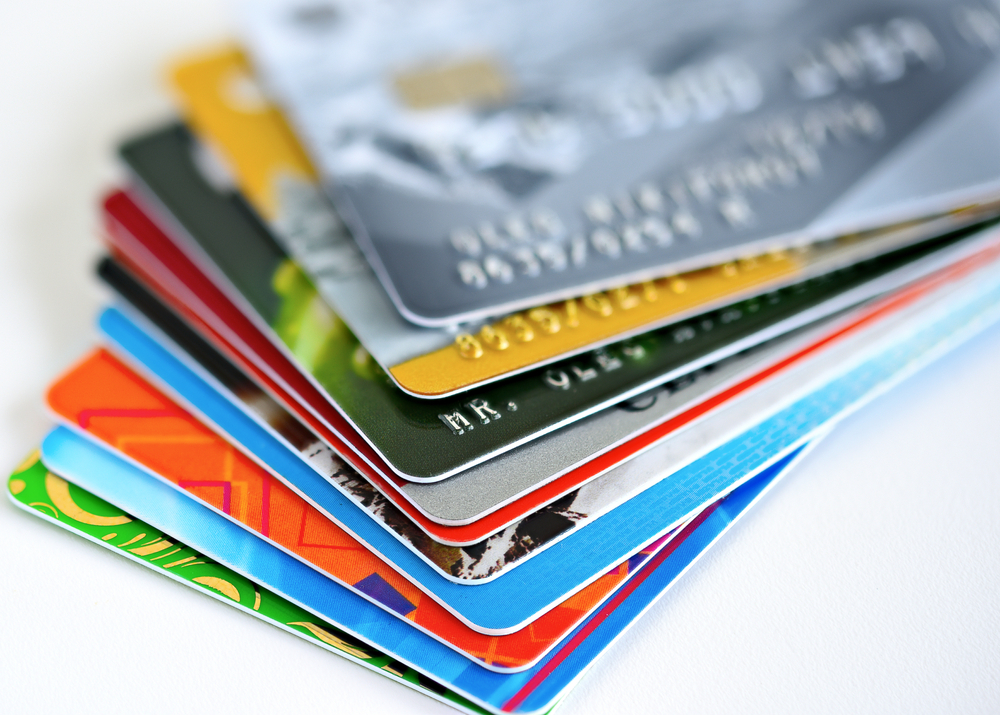Credit Cards & Loans
Credit card 0% offers plummet while cost of borrowing jumps

The number of 0% credit cards on the market has fallen to a record low while the average purchase APR has risen to a record high.
Consumers already facing financial pressure amid the coronavirus pandemic now have less choice of 0% credit card deal and the cost of borrowing outside of a 0% offer has risen to a record high.
The rise in purchase APR is largely as a result of credit cards with a reasonable rate being pulled from the market, according to data site Moneyfacts.
It suggested the influence of coronavirus has spurred providers to rethink their credit card interest-free offers while increasing the cost to the consumer for everyday purchases.
The table below shows how APR’s have changed, along with the longest introductory 0% period and number of introductory interest-free balance transfer deals:

Wellness and wellbeing holidays: Travel insurance is essential for your peace of mind
Out of the pandemic lockdowns, there’s a greater emphasis on wellbeing and wellness, with
Sponsored by Post Office
Rachel Springall, finance expert at Moneyfacts, said the shake-up of the credit card market couldn’t come at a worse time.
“Borrowers may well use credit cards as a way to spread the cost of their purchases, but for those struggling with debt or have had their personal circumstances change in light of the coronavirus pandemic, these debts could hang overhead for much longer then they expect.
“Credit card providers act quickly when the risk to take on debts escalates and right now there is a refocus of credit card propositions to mitigate debt write-offs. This echoes the movements seen after the financial crash – indeed, between June 2008 and June 2009, the number of 0% purchase cards fell from 112 to 85,” she said.
Springall added that for those looking for a 0% balance transfer card, they need to act quickly to take advantage of the most lucrative offers as choice diminishes to a record low.
She said: “The cost-saving benefits of a 0% card should not be overlooked while there are still options out there to choose from. If someone made a purchase of £3,000 on a typical credit card (18.9% APR) and made just £100 in repayments per month, the debt would linger for over three years and cost them £970 in interest.”
Andrew Hagger of Moneycomms said with card lenders facing the prospect of a massive rise in bad debts due to the coronavirus impact on the economy, he expects to see lenders increase rates during the second half of 2020.
He said: “As the recession bites and unemployment soars, card companies will feel the brunt and may increase pricing to help protect their margins but also to put a dampener on demand for credit.
“Non-prime cards will no doubt become more popular as consumers with damaged credit records are turned down by mainstream lenders and it is these non-prime products where I expect interest rate increases to be most severe.”
